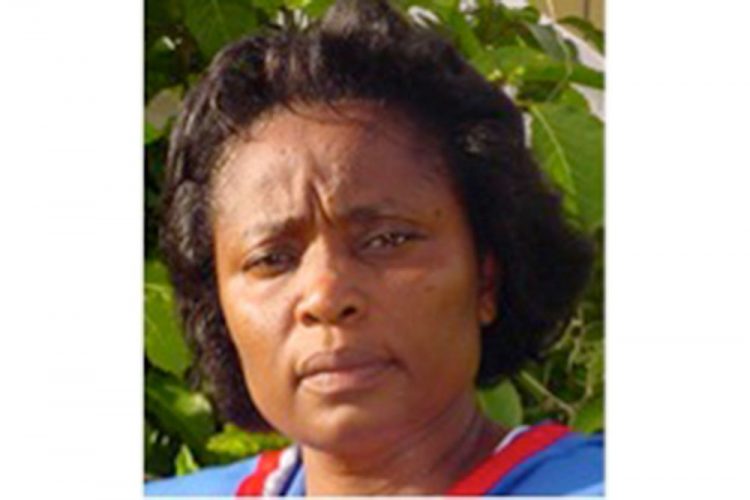A peek behind the tertiary level academic quality assurance curtain in SVG – Part 1

by Descima Hamilton
Senior Education Officer
The formalization of the business of tertiary level quality assurance in education in St Vincent and the Grenadines (SVG) became a reality with the enactment of the Further and Higher (Accreditation) Act of 2006.
The approval of the National Accreditation Board (NAB) in 2008, as detailed by the Act, and the eventual establishment of the Accreditation Unit (AU) which followed, signalled the official entry of SVG into the arena of tertiary level academic quality assurance. Kelvin Malcolm was the first and only executive officer of the system of accreditation in SVG. The AU/NAB hosted a conference in 2009, titled “Challenges faced by Accrediting Agencies in Establishing Quality in Tertiary Education,â with Dr Ethley London as facilitator.
At the end of 2011, I was assigned the task of assisting the NAB in carrying out its mandate. In spite of more than 35 yearsâ experience as an educator, I had not been formally exposed to the business of registration/accreditation and its tangential services. Over the last six years, with the support of the team assigned to the AU, located in the Ministry of Education, much effort has been made to mainstream the services of the NAB: verification of credentials, institutional searches, academic quality assurance training, and the registration of the services of academic providers.
Our records show that the verification of credentials occupies a significant portion of the AUâs daily task. This involves the examination of documents in an attempt to determine their authenticity and value. This is the leading service offered by the AU on behalf of the NAB. Not many persons are aware of the time consuming nature of this valuable exercise. In fact, the major challenge to the AU in attempting to offer this service is the expectation of instant results by the general public. This I believe is largely due to way in which this service was dispensed in an earlier era. The AU tries to cap the waiting time to a maximum of 10 working days. However, users of the service may have to wait for a considerably longer period. One case that readily comes to mind is a four-month delay, as a result of a neighbouring Caribbean country not being able to supply the information. Conversely, however, in October of 2016, the response from one United States-based academic facility took less than an hour. The findings from these verifications are intriguing and it is fair to say that as a people, we can carve out a place in the world with the relevant use of technology.
Important to the verification process is the cost of accessing the service, in some instances. The annual access to one supporting database is as much as $10,000. The NAB has already been notified of the hike in cost come August 1, 2017, when its current membership expires. Some universities and colleges direct our inquiries to a clearing house; this, too, is an additional cost. Hence, I believe that I have made the case that a service charge of $15 does not move the needle in assisting the AU/NAB in offering this and other services.









